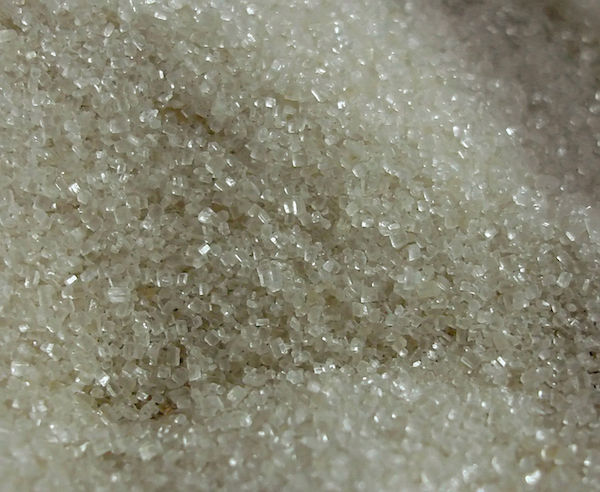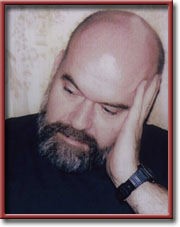Sugar Says No to NO

“High blood pressure has reached epidemic proportions . . . . Why hasn’t NO come to the rescue?”—Sanford Rose
Dolors & Sense
By Sanford Rose

 KISSIMMEE Florida—(Weekly Hubris)—4/14/2014—Nitric oxide (NO) is among our most valuable natural tranquilizers.
KISSIMMEE Florida—(Weekly Hubris)—4/14/2014—Nitric oxide (NO) is among our most valuable natural tranquilizers.
It causes our blood vessels to relax and expand.
We need the relaxation.
Our arteries are too stiff.
Stiff and narrowed arteries increase blood pressure.
Increased blood pressure forces the heart to overwork.
An overworked heart is prone to failure.
High blood pressure has reached epidemic proportions in this and many other countries.
Close to a third of the adult population is afflicted with it.
That percentage rises to more than half in the senior population.
Why hasn’t NO come to the rescue?
Is our natural “vasodilator” shirking its duties?
Hardly, but our supply of this endogenous tranquilizer is being curtailed.
Sugar, fast becoming the universal culprit, stands accused.
More specifically, fructose.
The metabolism of fructose is different from that of glucose which has, historically, been our chief source of sugar, obtained largely from starch.
Whereas only about 20 percent of glucose is metabolized by the liver, nearly all of fructose lands there.
So the liver has to work a lot harder to handle a given amount of ingested fructose than it does for an equivalent amount of ingested glucose.
Metabolizing any sugar necessitates phosphorylation, the borrowing of phosphates.
To metabolize fructose, the liver needs to borrow a lot.
It gets these phosphates from a molecule called adenosine triphosphate (ATP), which is the body’s chief source of energy.
The liver converts ATP to ADP (one phosphate down), then ADP to AMP (two phosphates down).
The AMP is further degraded to IMP (inosine monophosphate).
IMP in turn generates a waste product called uric acid.
And it is uric acid that shuts down an enzyme or synthase controlling the supply of NO.
Two things are noteworthy about this process:
First, by forcing the liver to borrow so heavily from our prime energy creator—ATP—the ingestion of fructose does not satiate; rather, it encourages increased consumption.
Second, the resulting obesity itself promotes high blood pressure.
So fructose helps to create a problem (obesity and concomitant high blood pressure) while, at the same time, denying the body the capacity (via increased nitric acid output) to alleviate that problem.
2 Comments
Fern Driscoll
Thank you for this – you explain it all so clearly that finally (finally!) I think I understand.
S. Rose
Dear Fern:
Thanks for your thanks.
Best
S. Rose